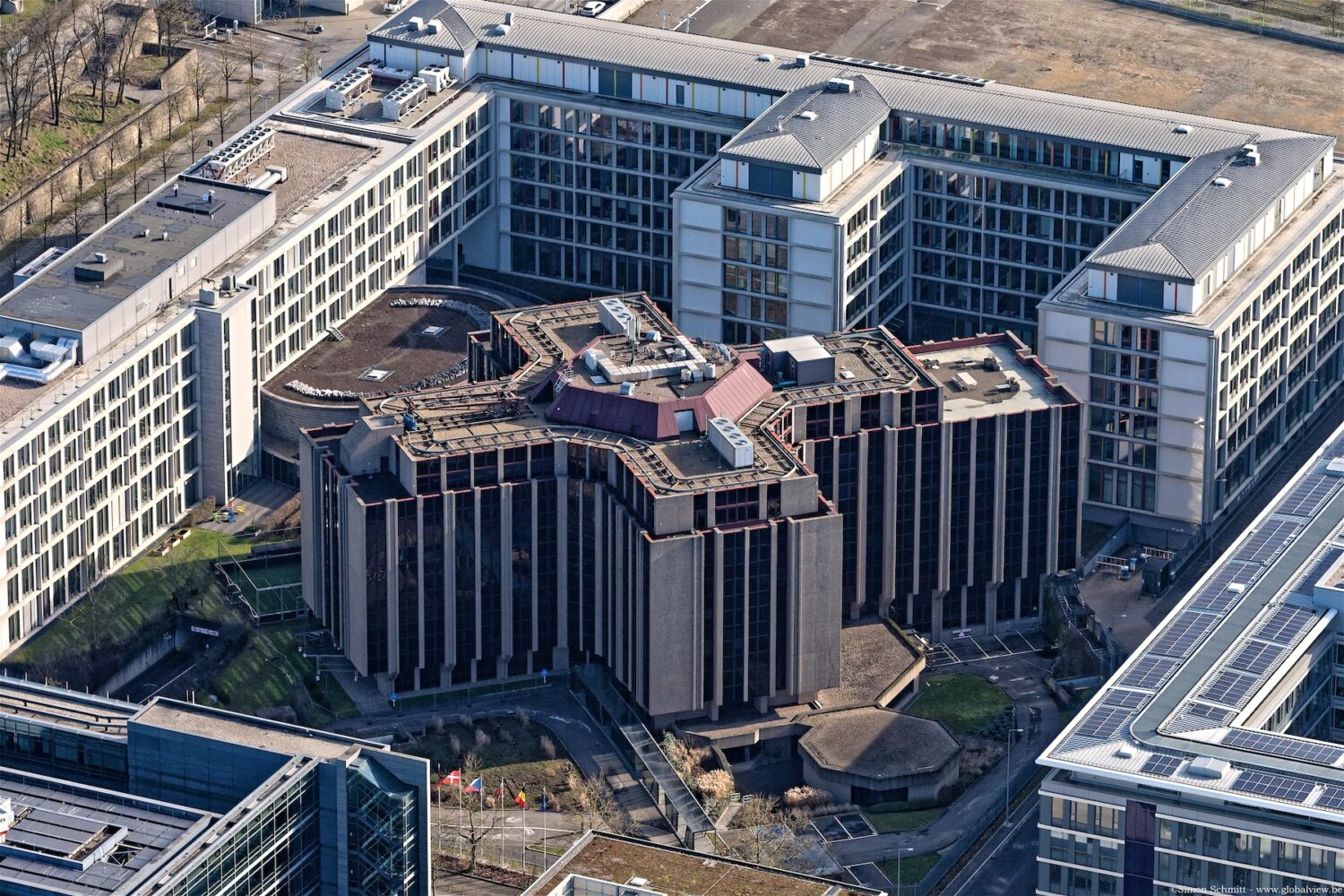EU freight transport: the truck continues to rule
> The proportion of EU freight transported by road (about 77 %) is still on the rise
> Some EU rules to promote other modes of transport are outdated or counterproductive
> The European infrastructure network is not yet fit for intermodal transport
Road transport is the most flexible way of delivering goods and often also the fastest and cheapest. This explains why three quarters of freight transported in the EU is still carried by road. Trucks, though, are major polluters. A shift away from roads and an increased use of other modes of transport, such as rail or inland waterways, can play a key role in greening freight transport. To achieve this change, the EU provided over €1.1 billion to support intermodality projects between 2014 and 2020.
“Decarbonising transport is at the core of the EU goal to reduce greenhouse gas emissions, as laid out in the European Green Deal,” said Annemie Turtelboom, the ECA member who led the audit. “Although intermodality is a key tool in that effort, the EU freight transport is not on the right track.”
The auditors found that there was no dedicated EU strategy on intermodal freight transport. Intermodality is rather part of broader strategies on greening freight transport, which set specific quantitative targets for the increased use of rail and inland waterways. But since these targets are non-binding, the different EU countries set their own. These national targets are not necessarily comparable and aligned with the EU goals. It is therefore impossible to assess whether combined national efforts are enough to meet the EU’s overall modal shift objectives. In any case, the targets the EU set for 2030 and 2050 (ultimately doubling rail traffic and increasing waterway use by 50 %) are simply unrealistic, according to the auditors.
The auditors also argue that some EU rules inhibit the attractiveness of intermodal transport. The current version of the Combined Transport Directive is outdated (it dates back to 1992) and ineffective. For example, there is a requirement for a paper document stamped by the rail or port authorities throughout the journey, instead of a digitalised workflow. Several attempts by the European Commission to revise the Directive did not find member states’ agreement. In the meantime, other EU regulatory provisions, particularly those governing road transport, sometimes go against the aim of incentivising intermodality. Capacity management and interoperability are likely to remain problematic in the absence of new legislative action (e.g. on planning slots for rail freight, priority rules for passenger versus freight trains or language requirements for train drivers).
The auditors also point out delays incurred by EU countries in ensuring the compliance of infrastructure with technical requirements set by EU law. For instance, using longer trains reaching the European standard-length of 740 metres would be one of the improvements with the highest cost-effectiveness in the effort to compete with road transport. Now, though, such trains can theoretically be operated on just half of the core Trans-European Network for Transport (TEN-T) corridors. The lack of information on intermodal terminal and network capacities also prevents shippers and logistics operators from offering good intermodal transport solutions to their clients. The proposed revision of the TEN-T regulation has the potential to improve the situation. But as it currently stands, the EU freight transport network is simply not yet fit for intermodality, the auditors conclude.
Background information
Intermodal freight transport consists of transporting goods in a single loading unit (such as a container or a semi-trailer), without separate handling, using a combination of modes of transport: road, rail, waterways or air. Intermodality is thus about taking advantage of the relative strengths of different transport modes.
The main piece of legislation governing the Europe-wide network for road, rail, inland waterway, sea and air transport of passengers and goods is the Trans-European Network for Transport (TEN-T) Regulation, the current version of which was adopted in 2013. There are other relevant pieces of legislation, such as the Combined Transport Directive from 1992, which is the only EU legislation specific to intermodal freight transport.
With the countries selected for this audit, three key trade flows, which overlap with sections of the TEN-T corridors, are covered: the Rhine-Alpine corridor (stretching from Belgium and the Netherlands to Italy), the North Sea-Baltic corridor (between Poland and Germany), and the Atlantic and Mediterranean corridors (connecting Germany to Spain via France).
Special report 08/2023, “Intermodal freight transport: EU still far from getting freight off the road”, is available on the ECA website.
Contact
Create your account for free to access the MediaConnect communicators contacts
Let's go!Media

Login to
download this media

ECA-Office-16-5-jpg

Login to
download this media

ECAHorLogoColourOutlineMasterEnglishEnglish-png

Login to
download this media


